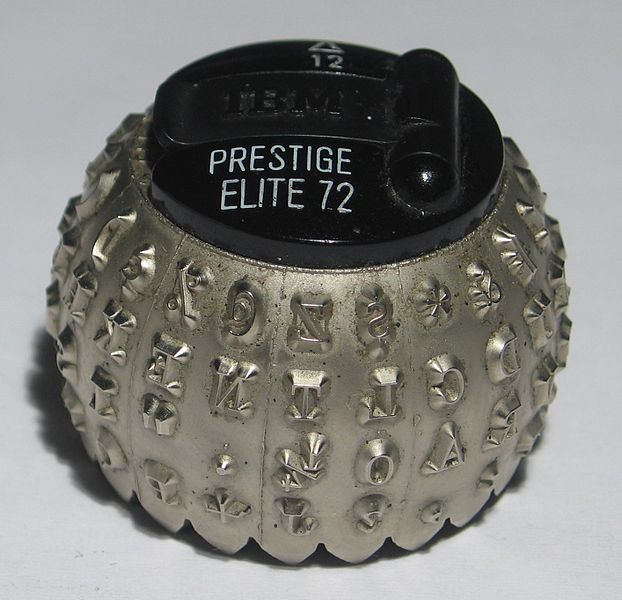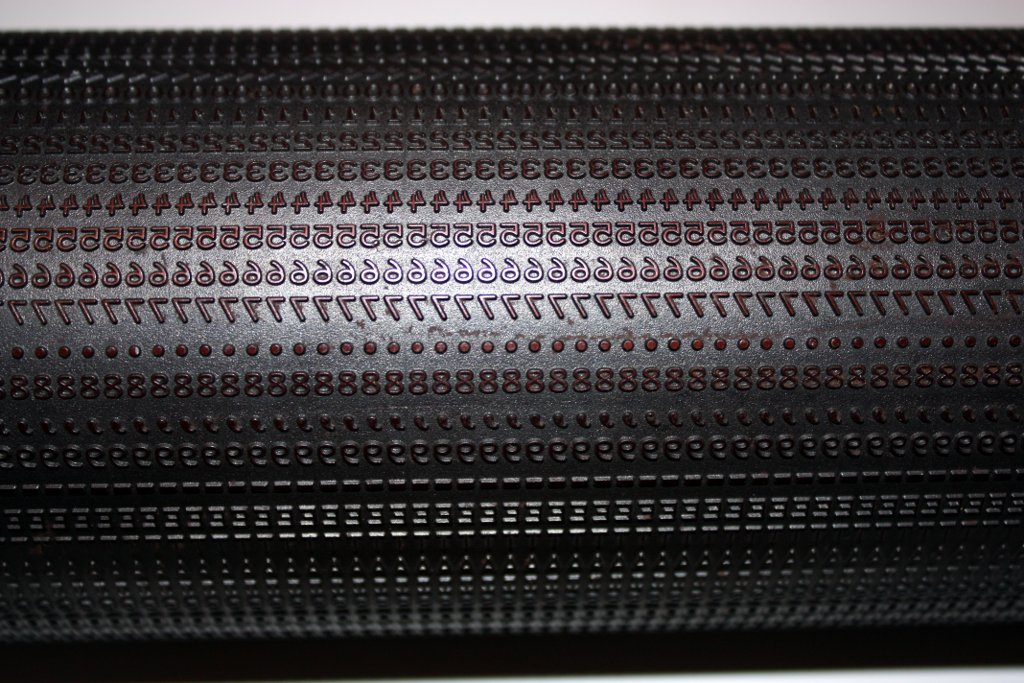The Printing Press - Obsolete Printing Methods
In more than a thousand years of printing technologies, it’s inevitable that there would be a few mistakes. Sometimes the hot new technology does exactly what it’s supposed to, but just gets replaced by something better later down the line, and sometimes it’s a complete failure. Read on to learn more about a selection of defunct printer technologies.
Golf Ball Printing

The typewriter was pretty useful before computers came along and stole it’s niche. The popular typewriter mechanism was impact printing, where the clean printhead would hit an ink ribbon, which would then transfer ink over to the paper. It was simple and effective, if a little clunky.
The IBM Selectric-based golf ball printer, while no doubt handy at the time, at a rate of 15.5 characters per second, would take around 3 minutes to print one average page, using impact printing. Other mechanisms of offset printing with smaller more precise printheads replaced this printer as they could do a better job faster. So the good old golf ball printer may be defunct, but the golf ball printhead is still good for the occasional round of office golf.
Drum Printing
Line printing is a method of printing an entire line of text at once, and it uses an impact mechanism. Giant rotating drums with every possible character in every position would be pressed against the paper and ink ribbon to print in drum printing. There are other line printers too, like band, bar, train, and comb, to name a few, and all of them are equally obsolete.
Line printers are faster than a lot of laser printers are. They have an average speed of 1100 lines per minute! It was the speed that was the problem though - because a hammer had to hit the paper into the correct character at the exact right moment, misalignment was common when the hit was slightly off-timed. Whether the misalignment was vertical or horizontal, either way the line printers didn’t give a perfect print, and so better technology eventually replaced them.

Spirit Duplicator
In the 1920s, before copy machines, there existed the spirit duplicator. Most commonly used in schools, it involved writing or drawing on a sheet of paper which would press into a waxy material underneath and leave a coating on the back of the sheet, in the mirror image of the text. The spirit duplicator then could dissolve part of this wax at a time into a sort of ink, to produce a second sheet, thus copying it. The obvious flaw in this printing method is that there was a limited amount of wax. One sheet could only be copied around 40 times on average before print quality steadily decreased.
The fax machine may be the butt of many a “millenials don’t know about…” joke, but how many people have heard of comb printing or a spirit duplicator? Printing technology has come a long way, and it’s been a gradual process. Without failed technologies, we wouldn’t have gotten where we are now.
Each modern printer now provides a solution to a problem once faced by an obsolete printer and Cartridges Direct offers expert advice on selecting the right printer for your needs.
Explore Popular Articles
-
How To Disable Firmware Updates For HP Printers
13th Feb 2024There are a few notable reasons why printer manufacturers produce their own branded printer ca
-
Top 5 Best Printers For Artists In 2024
13th Feb 2024Our home and office printers can actually be pretty versatile machines. Alongside being able to p
-
Top 5 Best Scanners For 2024
13th Feb 2024More often than not, we only realise how invaluable printer features are until we actually start




